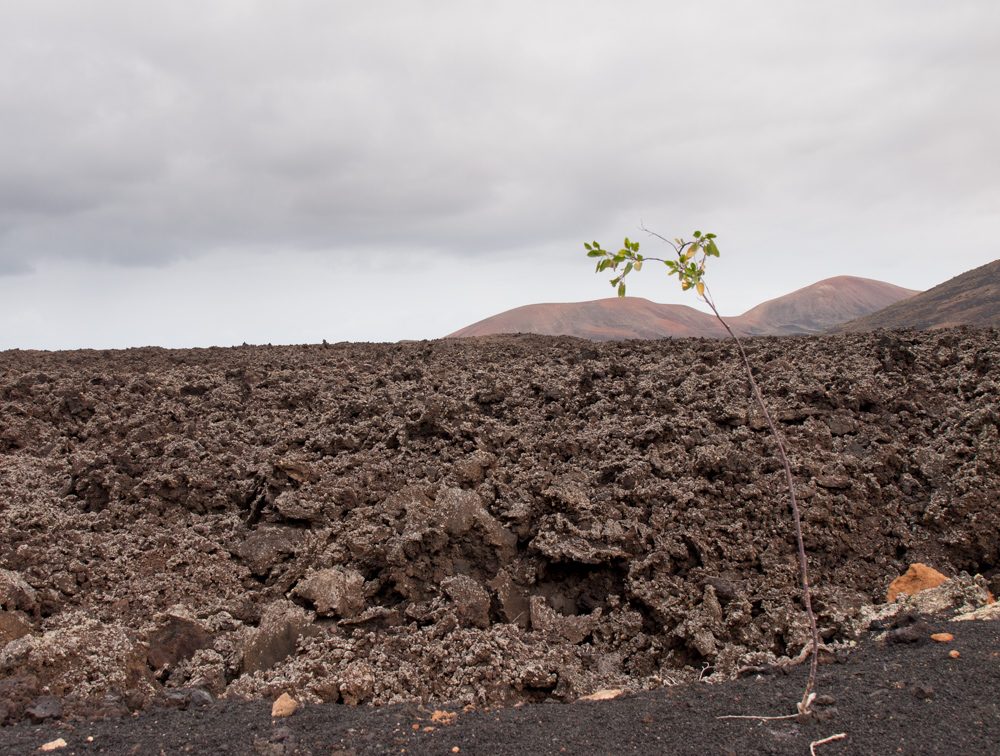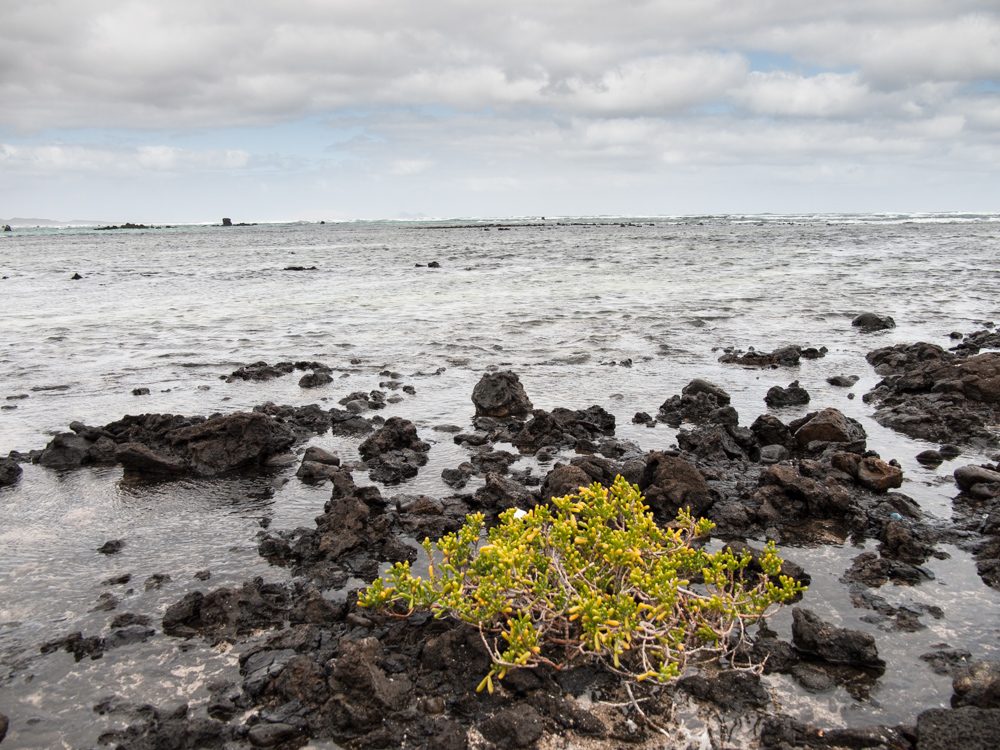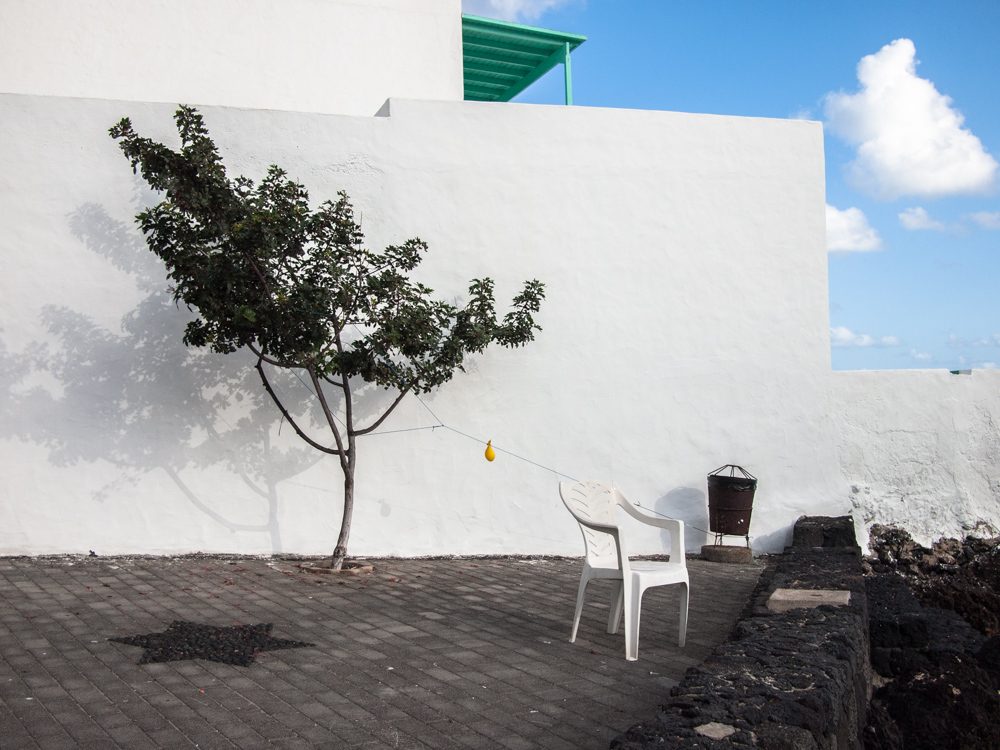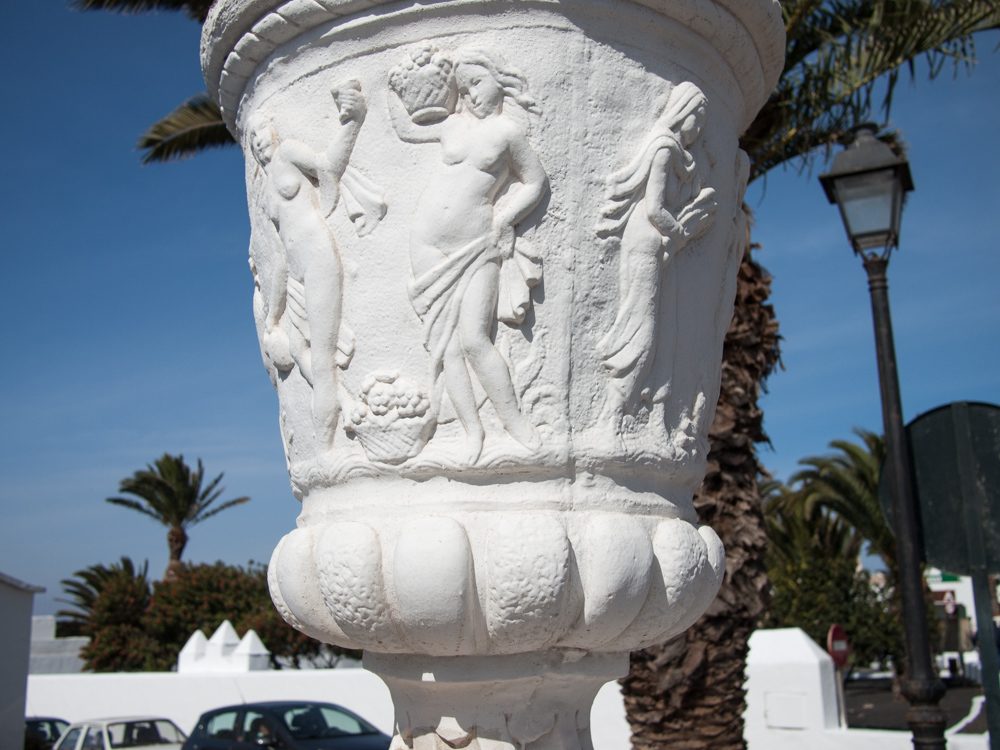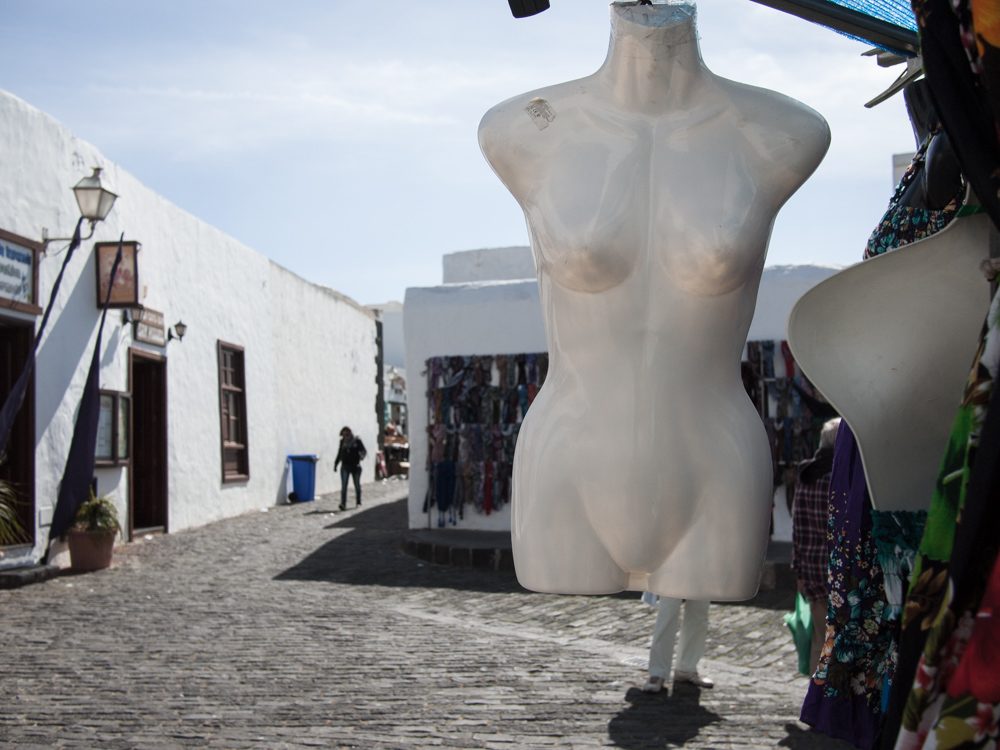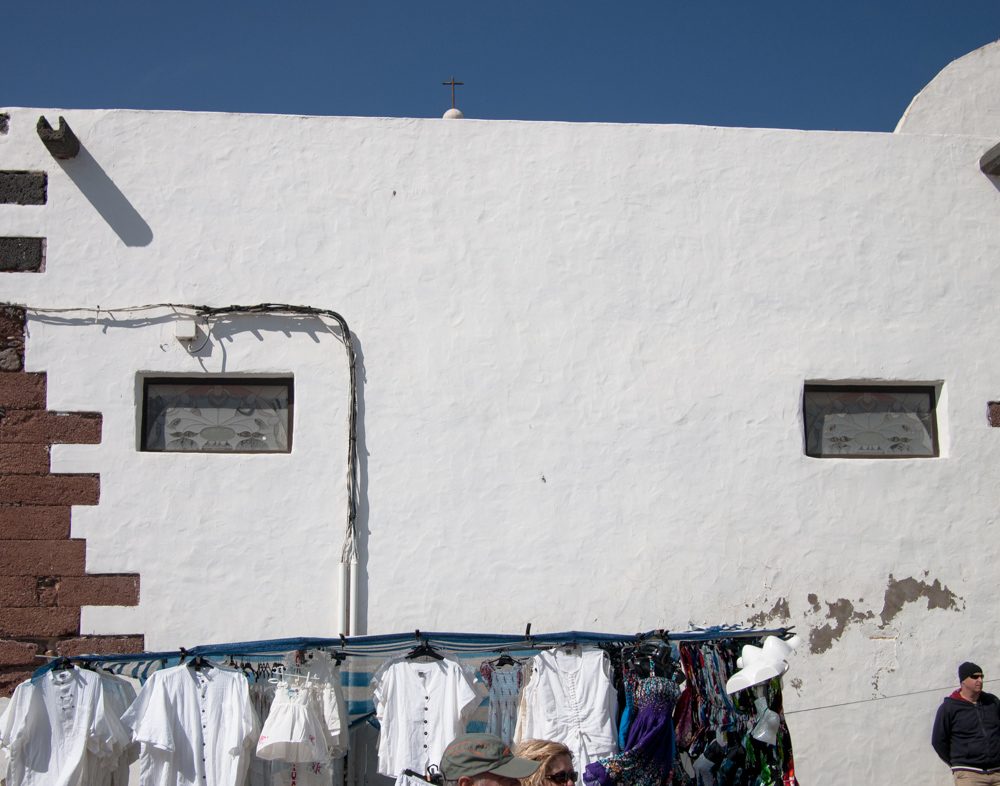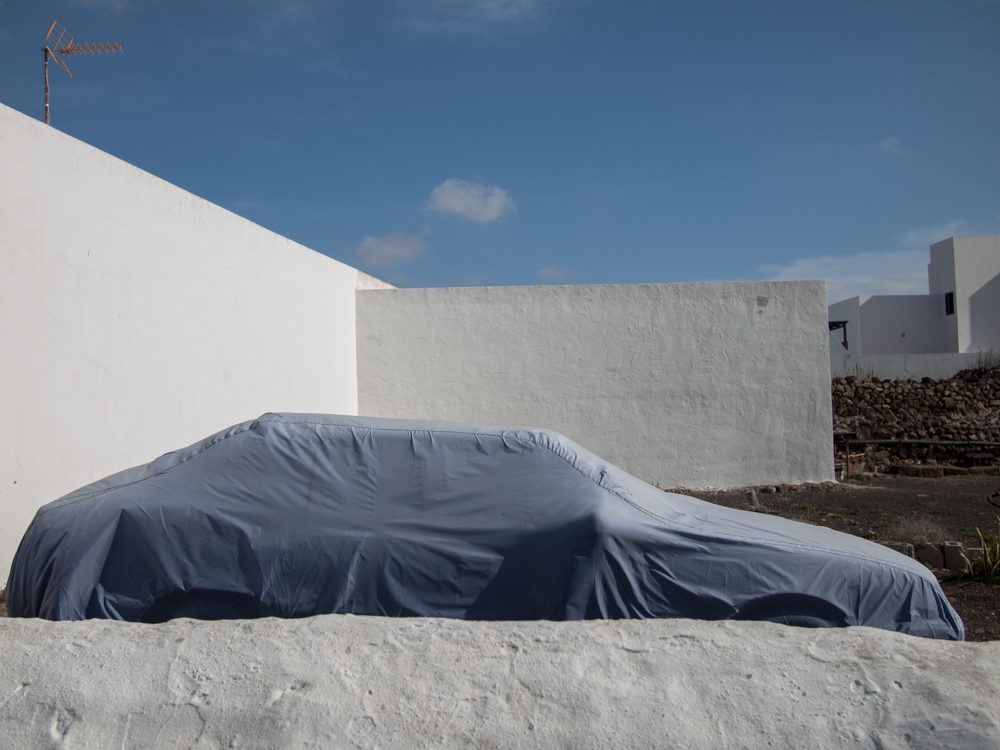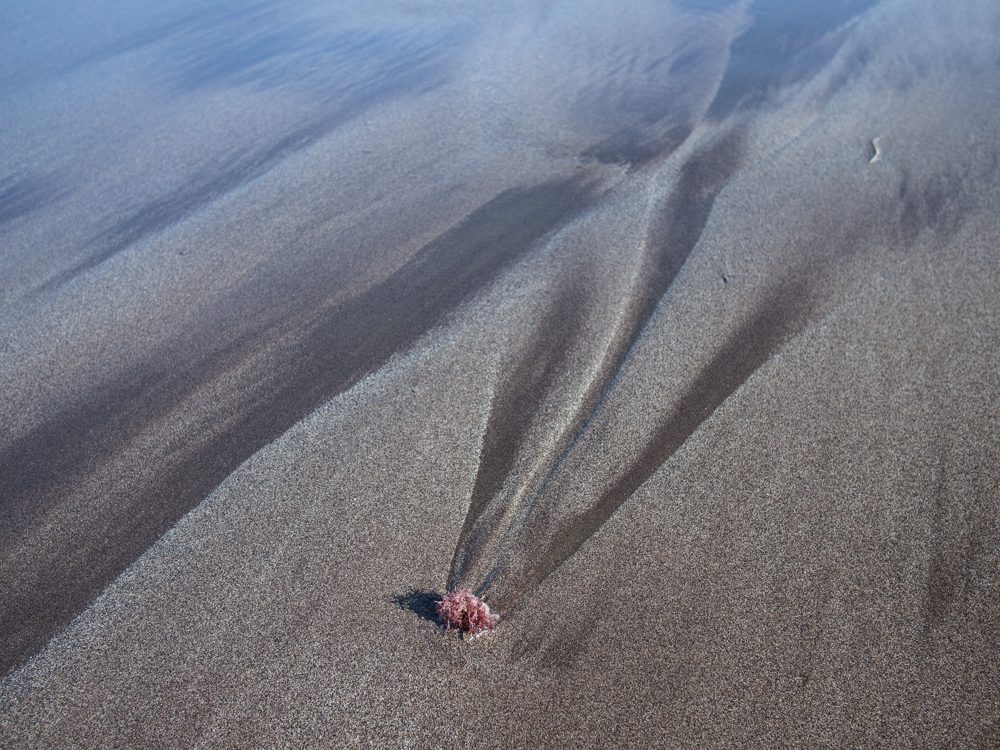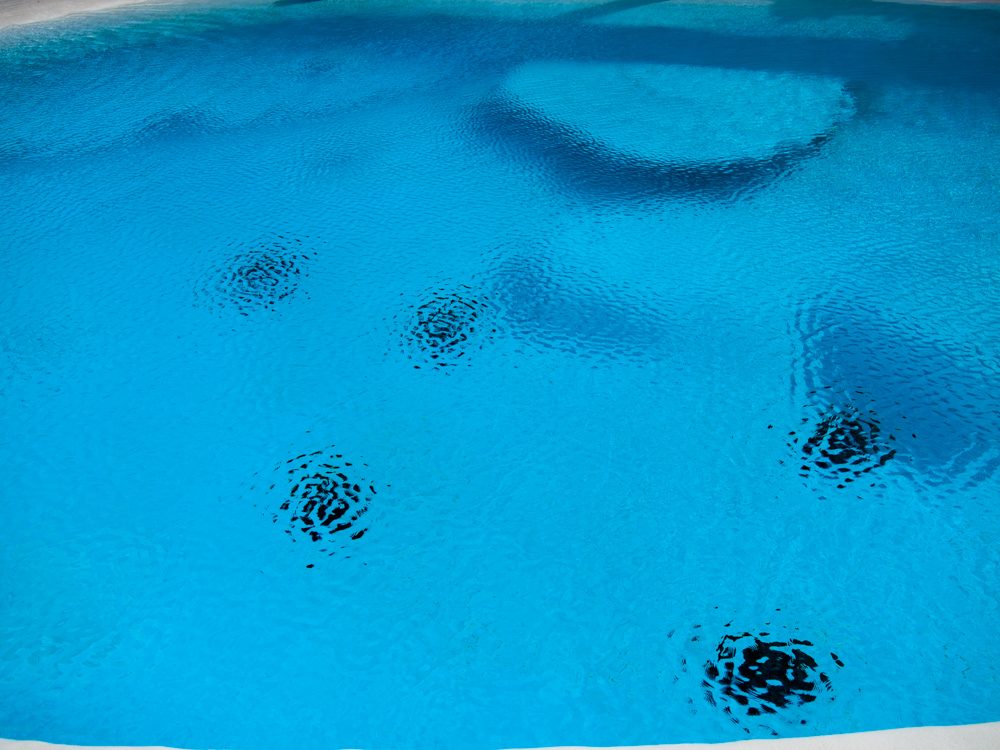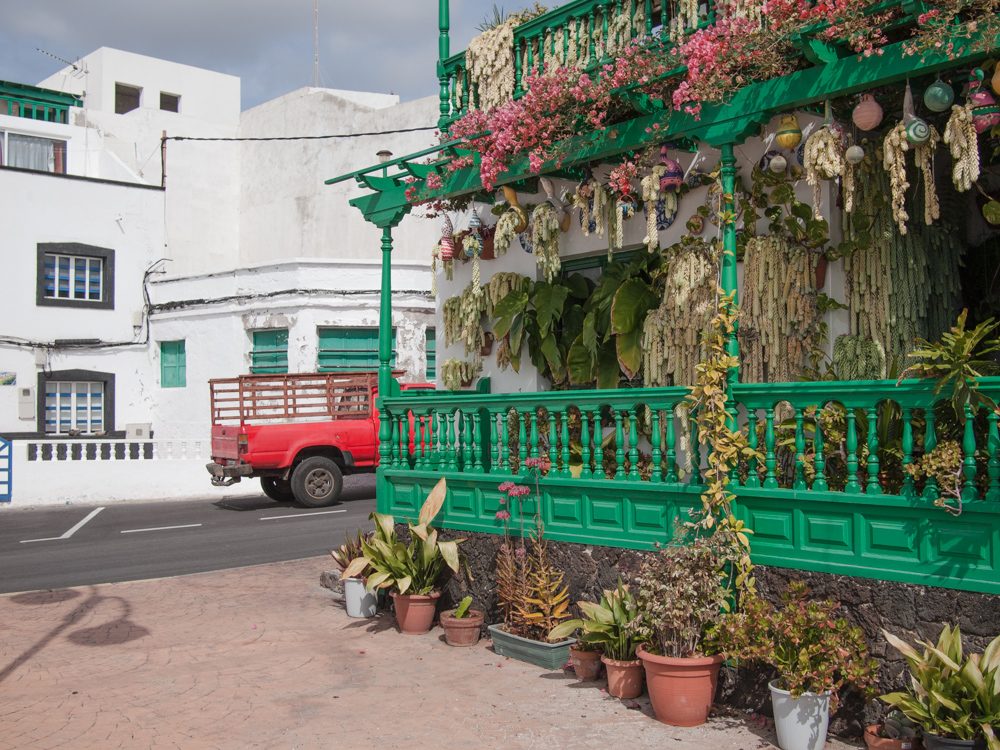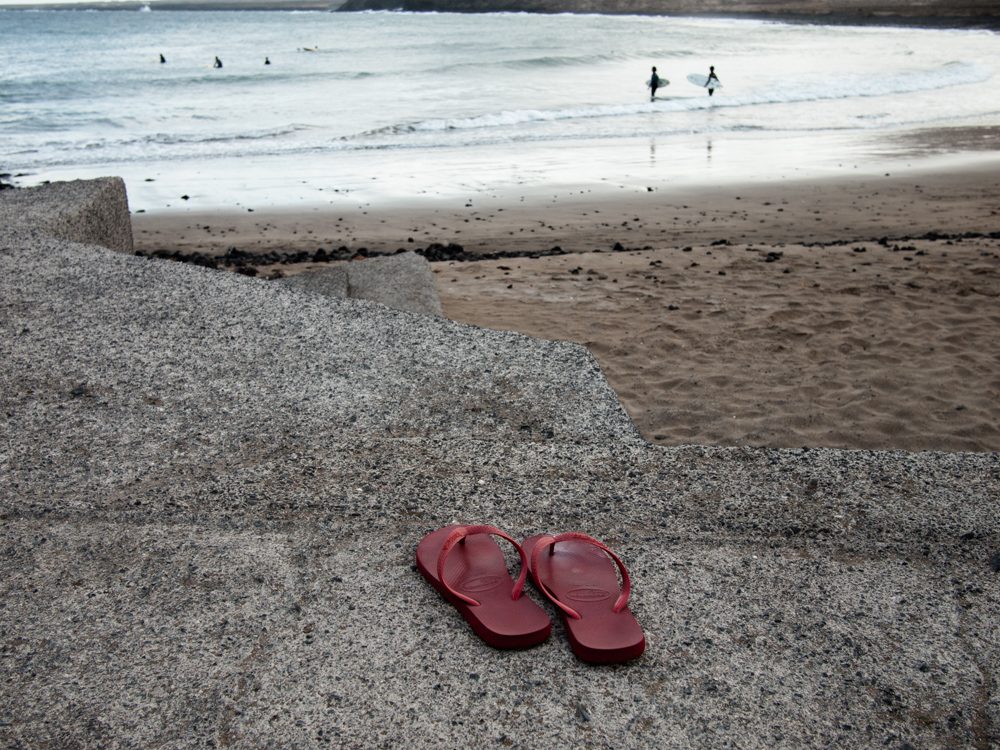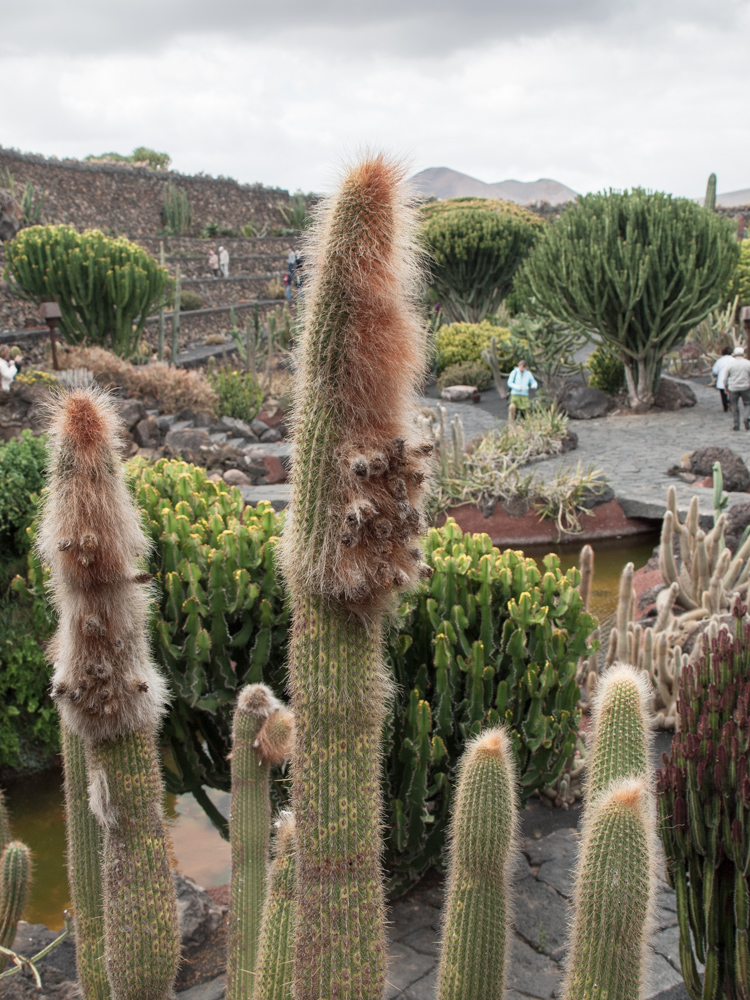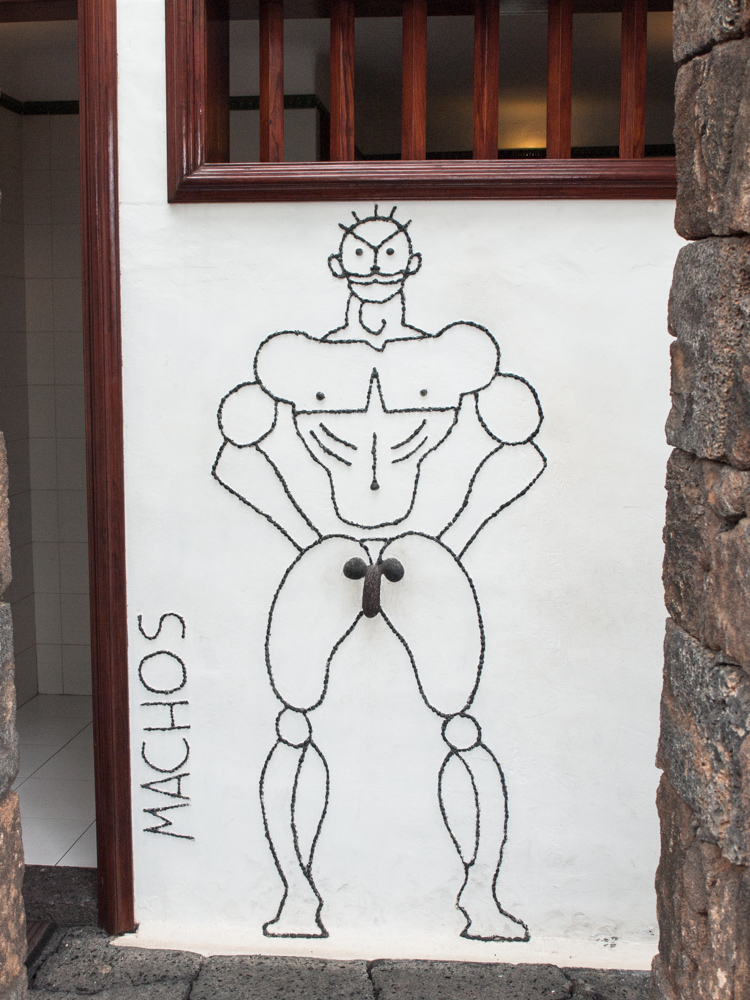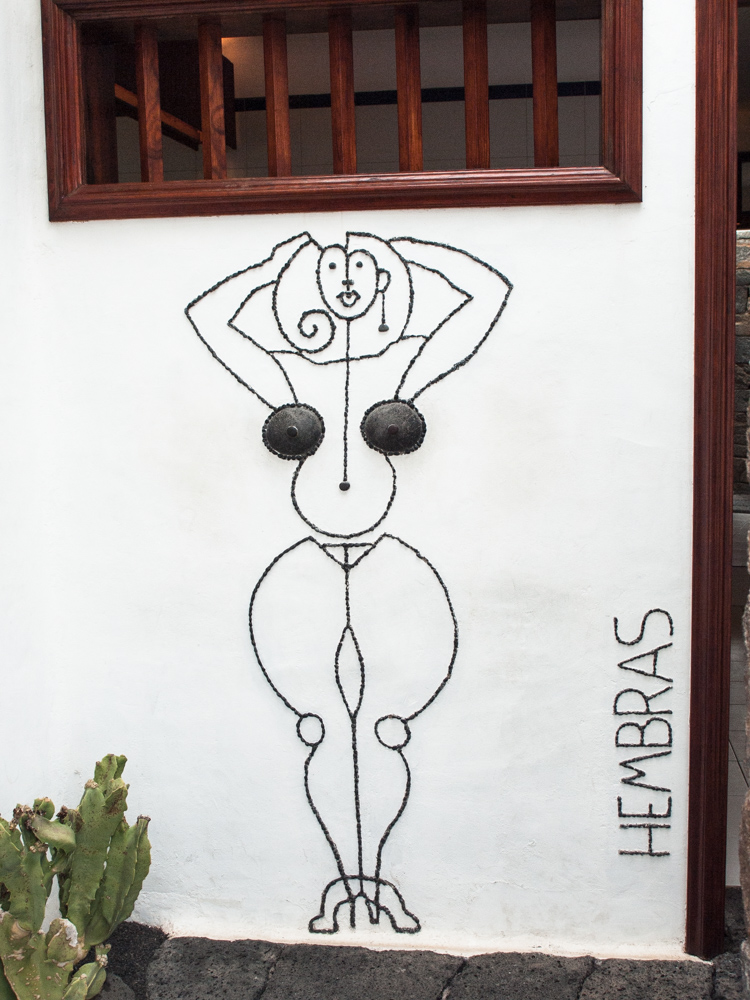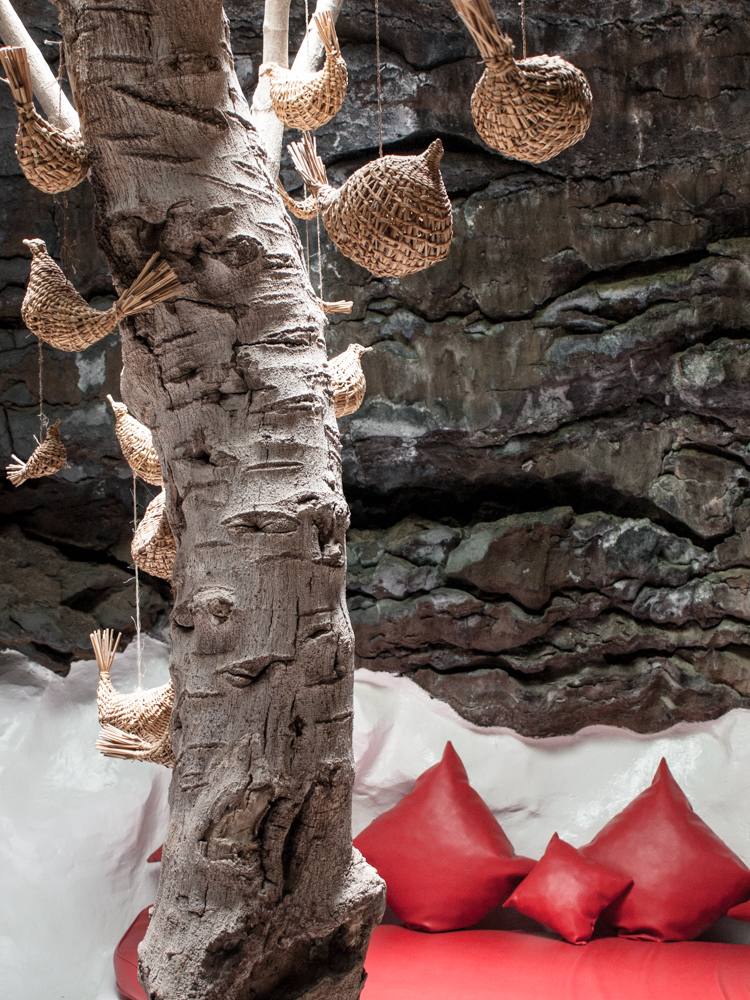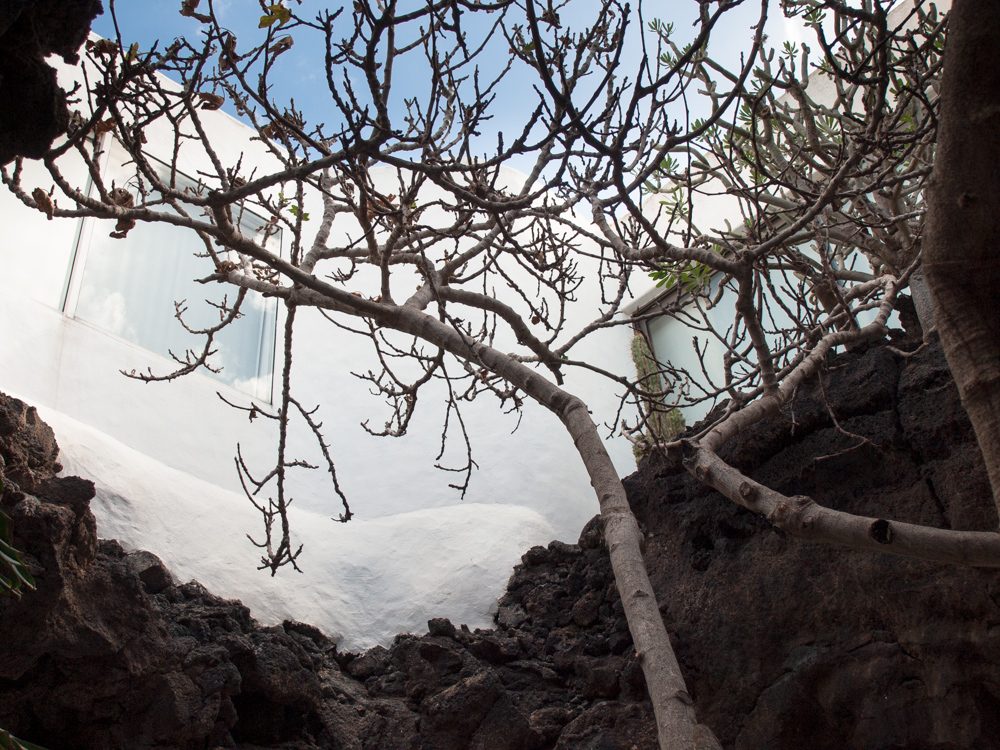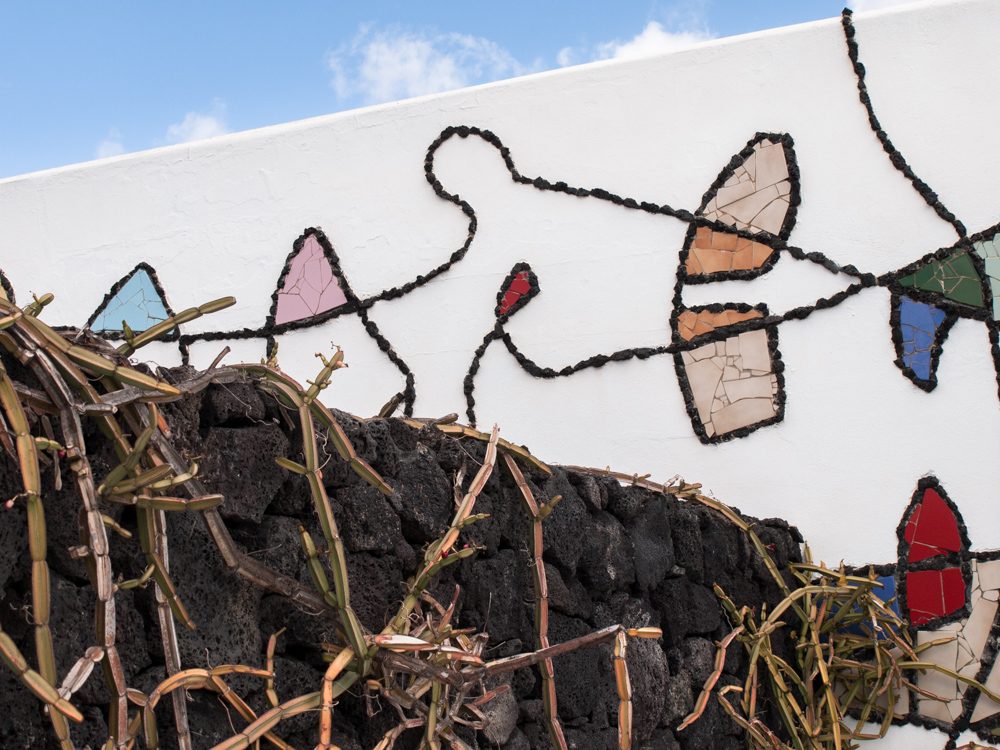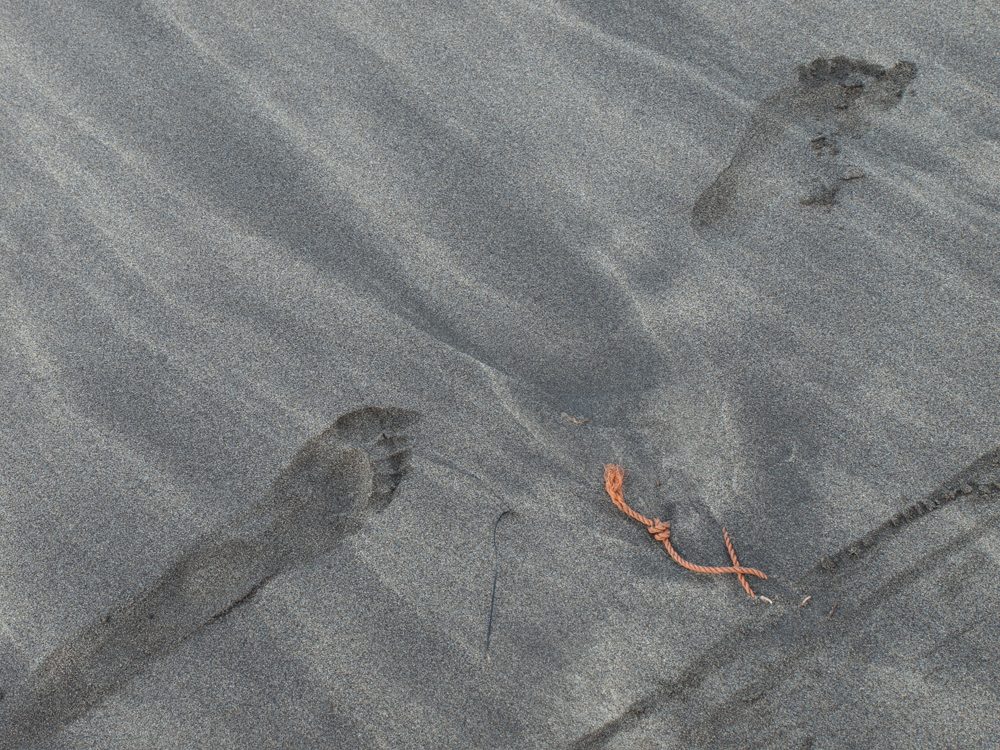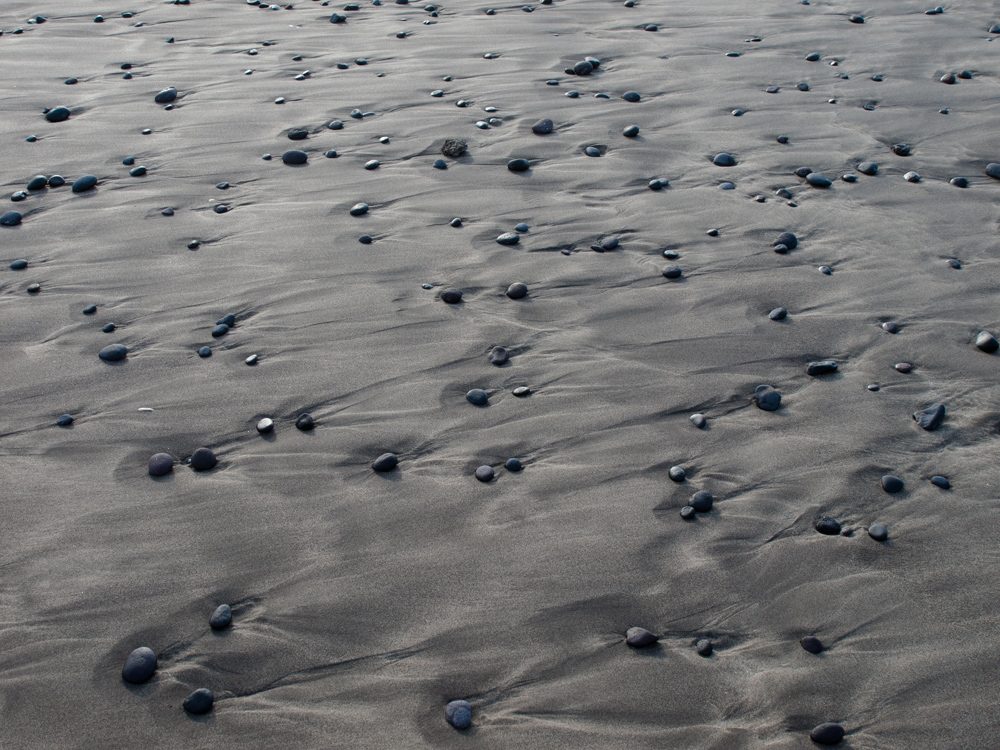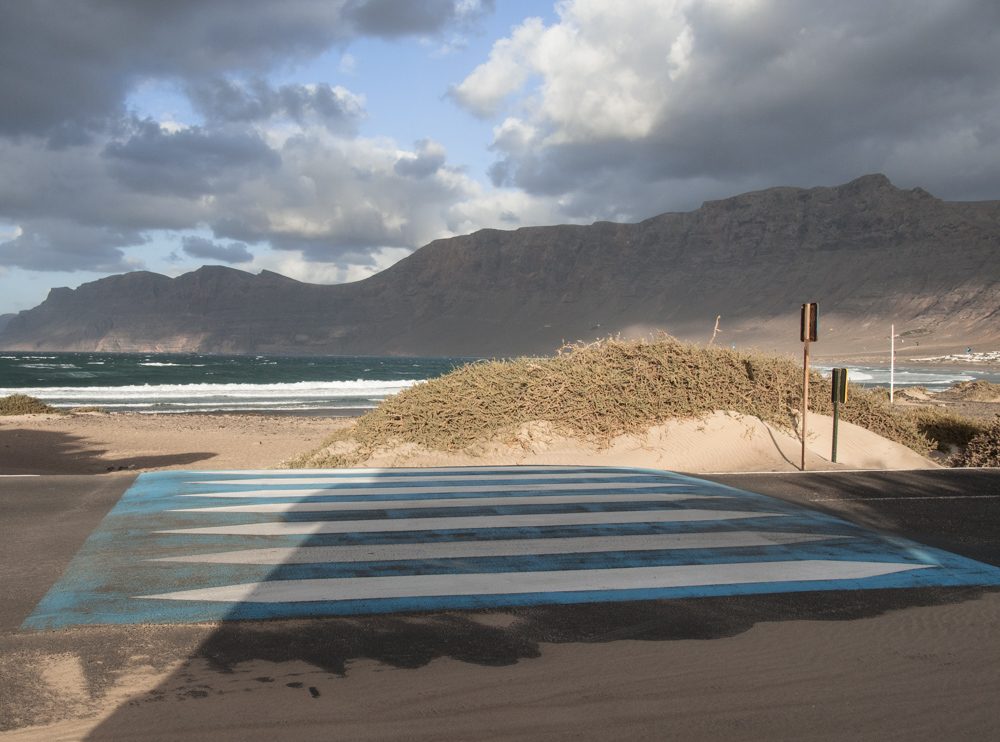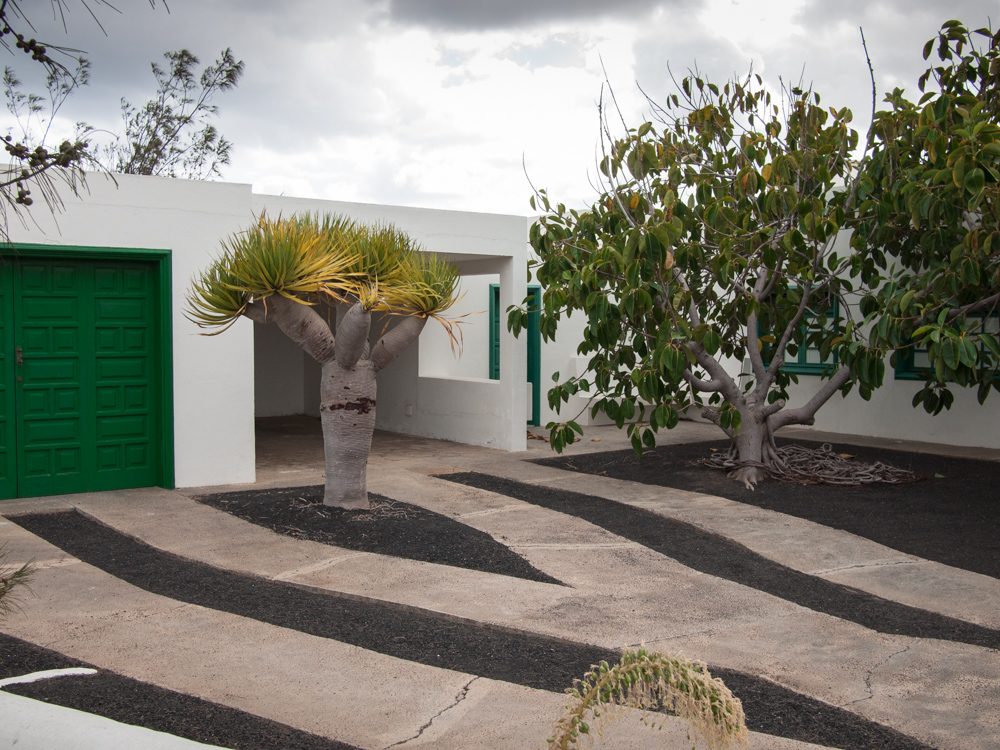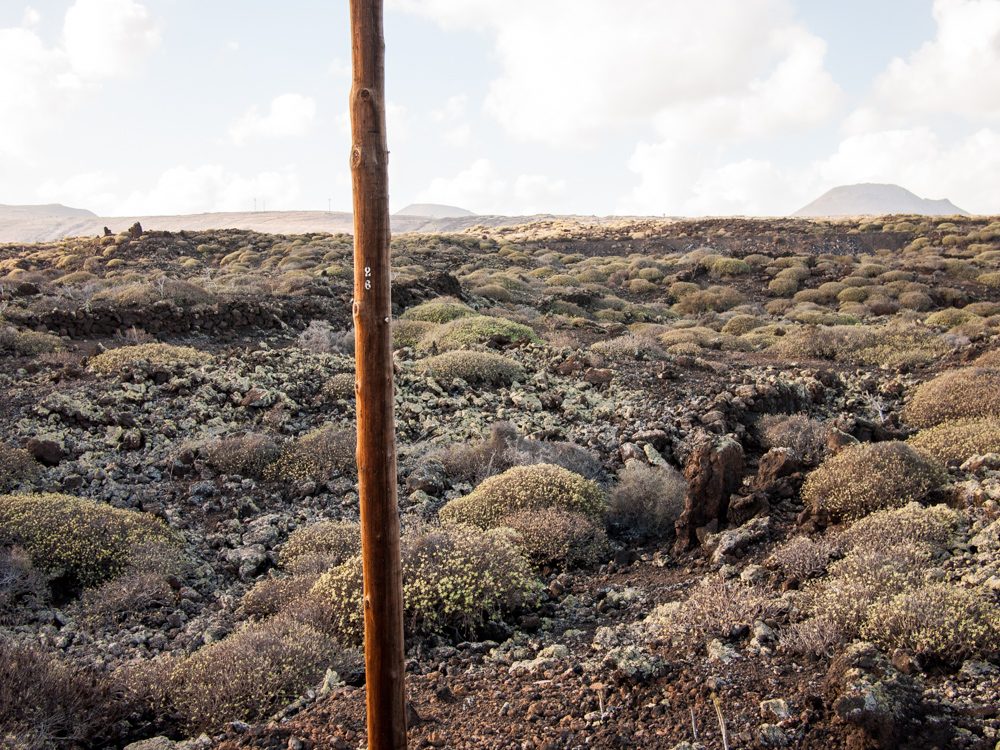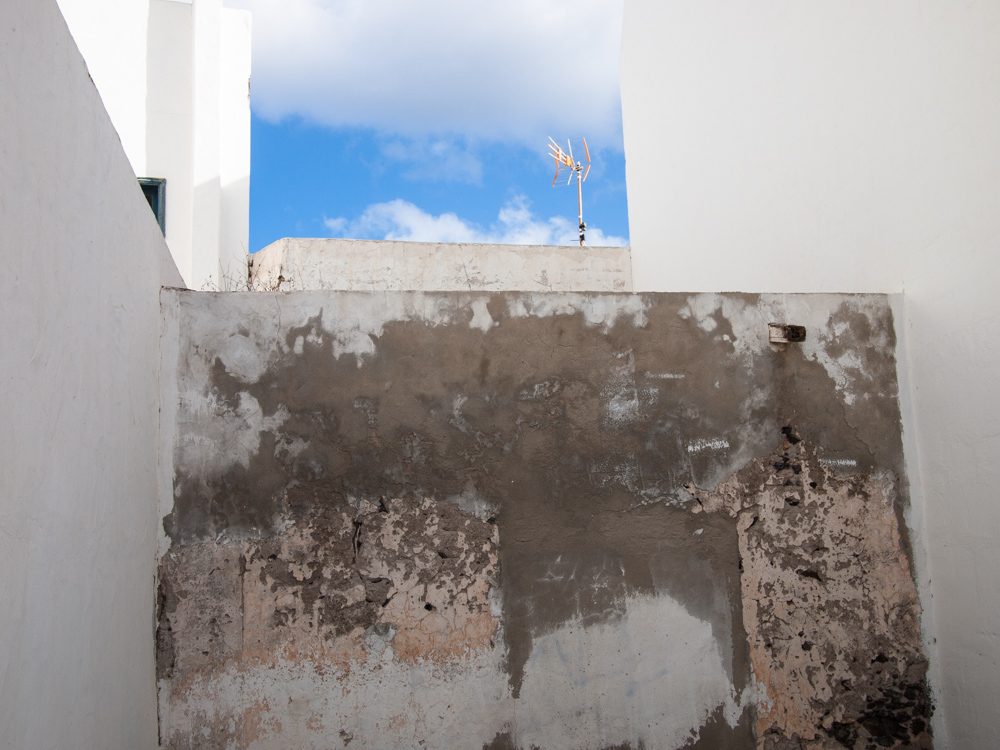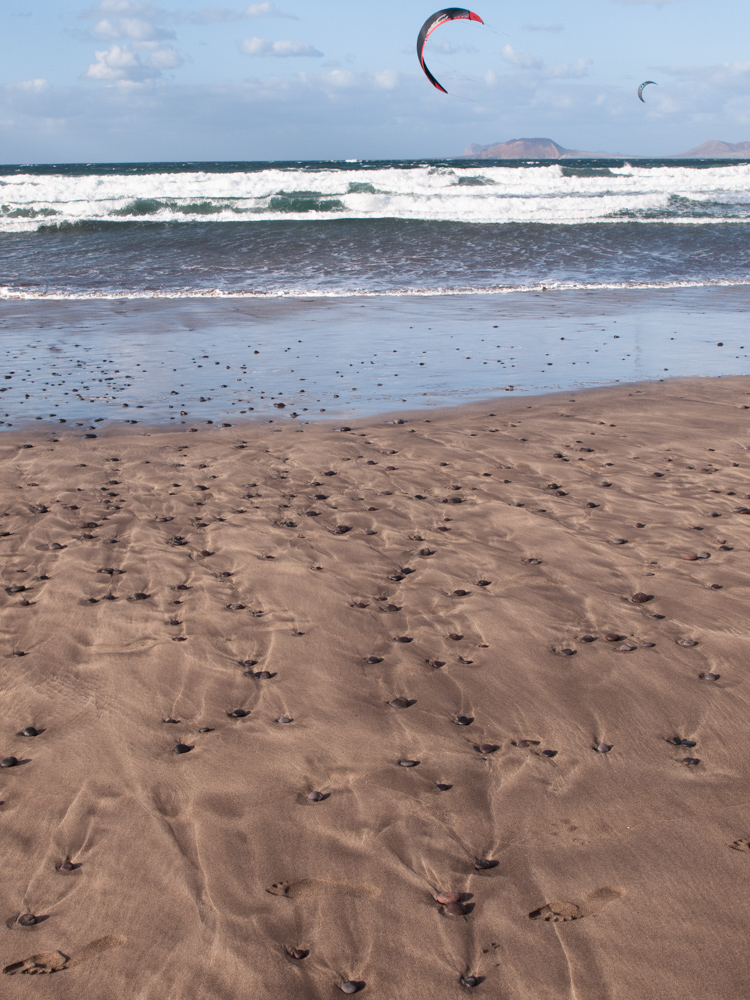An urge for summer sun took le-flâneur to the island of Lanzarote. Situated approximately 125km off the coast of Africa, it’s the easternmost island of the Canaries group. The Islands first appeared on European maps in 1339, but evidence suggests Lanzarote has been inhabited since 1000BC. A fort built near the modern town of Teguise marks the arrival of the first European settlers in 1312. Volcanic in origin much of the landscape of the island was permanently altered during a series of eruptions from 1730-36 – giving the earth and the sand a distinctive dark hue.
On arrival two things become apparent – the wind and the lack of trees. It rarely rains on Lanzarote, yet the island is home to its own distinctive wines and produce – a legacy of its volcanic soil, which holds and traps moisture. This unique biosphere is fragile and it was the efforts of one Lanzarote resident that has had perhaps the greatest impact on the island and its unique environment in modern times.
César Manrique’s enduring impact on Lanzarote is impossible to avoid. An artist and architect, he recognised the potential of tourism but also its dangers. It led him to create strict guidelines on development, aimed at preserving the integrity of the local architecture and community. As a consequence Lanzarote is not blighted by high-rise resorts – which helps to attract tourists beyond the beaches to the island’s interior and its lava seas.
Manrique’s legacy is also present at the Jardin de Cactus and Jameos del Agua. His own residence, which now houses the Fundación César Manrique, is built on a lava flow created during the eruptions of 1730-36, with the lower part of the house dug out of a lava tube.
